Scientists have created a 3D-printed man with the most realistic internal organs
Just the other day, British scientists from the University of Nottingham Trent printed on a 3D printer the most realistic artificial person. The model will be used to improve the skills of military surgeons.
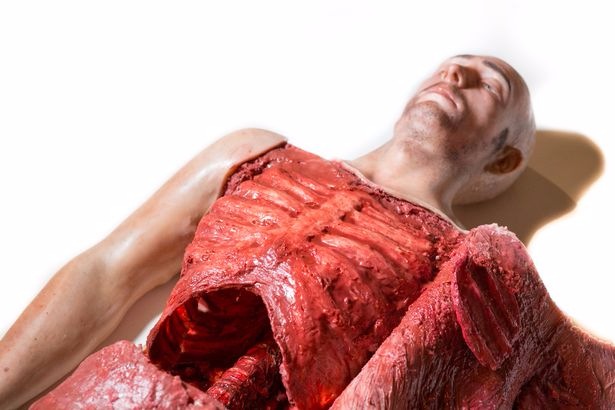
A 3D-printed artificial person was modeled using images obtained as a result of computed tomography. When performing test operations, air is pumped into the lungs, and artificial blood circulates through the vessels. Thus, novice surgeons will be able to perform the operation in conditions as close as possible to reality, since an error or a too slow reaction will lead to a cessation of breathing or the “death” of the model from blood loss.
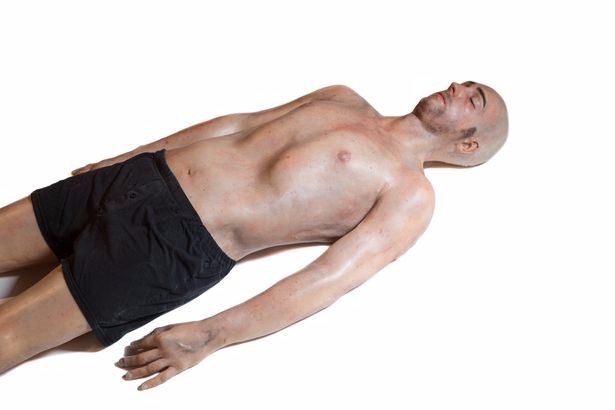
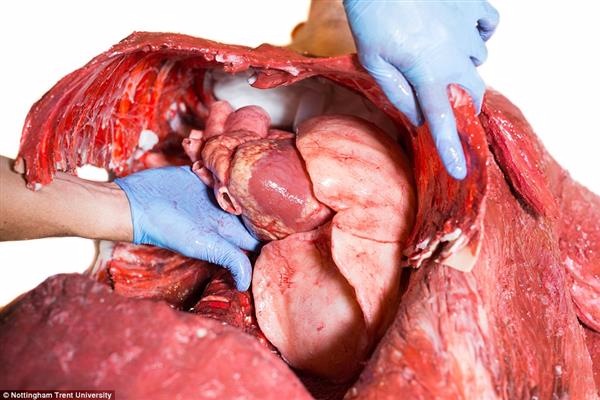
The skin of an artificial person consists of silicone. It was printed by experts from the British company Trauma FX, which supplies special skin samples to create examples of make-up, make-up testing, as well as medical and military research.
At the moment, in the 3D printed body of the “patient” there are realistic models of the heart, lungs and blood vessels, but soon the scientists promise to create the most accurate copies of the kidneys, brain, stomach, and even the eyes.
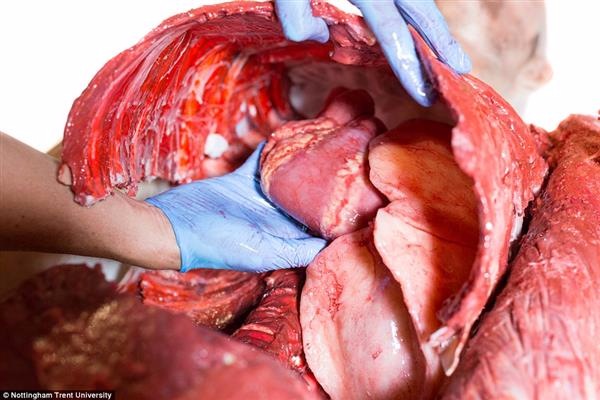
The goal of the project is to create a certain psychological space for the novice physician and prepare it for difficult situations and decisions in the future. Artificial man printed on a 3D-printer commissioned by the British Ministry of Defense. Next year, military surgeons will use a 3D-model for operations.

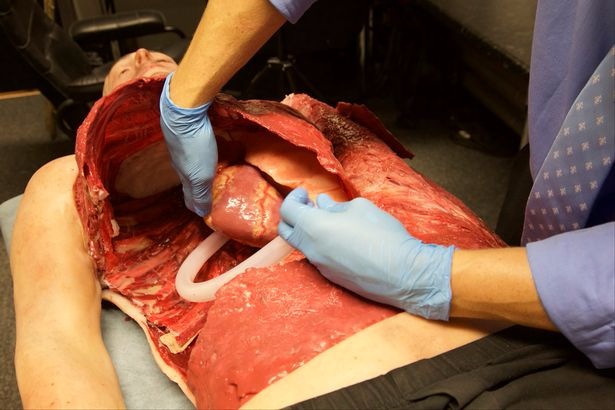
Project leader Professor at the University of Nottingham Trent Tilak Dias toldthat conducting test operations in conditions as close to reality as possible will allow young surgeons to gain important knowledge and skills that will subsequently help them save lives. In turn, Colonel Peter Mahoney is confident that such practical exercises will significantly improve the training of military surgeons who will have to deal with complex injuries on the battlefield.
Advanced 3D technologies are increasingly used in medicine. For example, Dr. Nicola Bizotto, an orthopedist and a trauma surgeon at a hospital at the University of Verona, found a way to increase the chances of a successful orthopedic operation on the first attempt.
“We print copies of the broken bones of patients on a 3D printer in order to pre-think about the operation and discuss it with the patient,” says Bizzotto. “I started using this method 6 months ago, because in this case, the fracture can be studied even before the operation.”

A 3D-printed artificial person was modeled using images obtained as a result of computed tomography. When performing test operations, air is pumped into the lungs, and artificial blood circulates through the vessels. Thus, novice surgeons will be able to perform the operation in conditions as close as possible to reality, since an error or a too slow reaction will lead to a cessation of breathing or the “death” of the model from blood loss.


The skin of an artificial person consists of silicone. It was printed by experts from the British company Trauma FX, which supplies special skin samples to create examples of make-up, make-up testing, as well as medical and military research.
At the moment, in the 3D printed body of the “patient” there are realistic models of the heart, lungs and blood vessels, but soon the scientists promise to create the most accurate copies of the kidneys, brain, stomach, and even the eyes.

The goal of the project is to create a certain psychological space for the novice physician and prepare it for difficult situations and decisions in the future. Artificial man printed on a 3D-printer commissioned by the British Ministry of Defense. Next year, military surgeons will use a 3D-model for operations.


Project leader Professor at the University of Nottingham Trent Tilak Dias toldthat conducting test operations in conditions as close to reality as possible will allow young surgeons to gain important knowledge and skills that will subsequently help them save lives. In turn, Colonel Peter Mahoney is confident that such practical exercises will significantly improve the training of military surgeons who will have to deal with complex injuries on the battlefield.
Advanced 3D technologies are increasingly used in medicine. For example, Dr. Nicola Bizotto, an orthopedist and a trauma surgeon at a hospital at the University of Verona, found a way to increase the chances of a successful orthopedic operation on the first attempt.
“We print copies of the broken bones of patients on a 3D printer in order to pre-think about the operation and discuss it with the patient,” says Bizzotto. “I started using this method 6 months ago, because in this case, the fracture can be studied even before the operation.”
